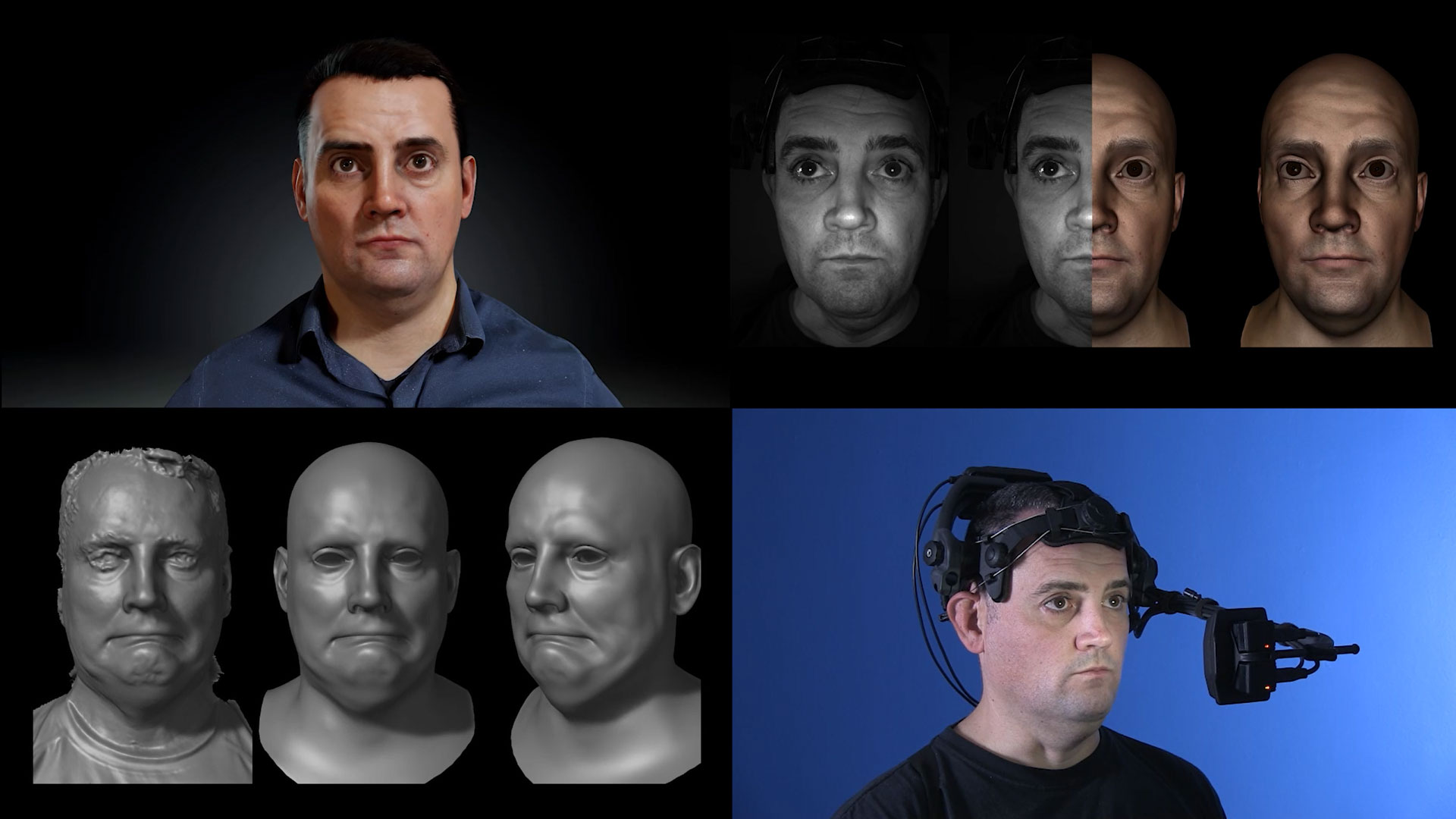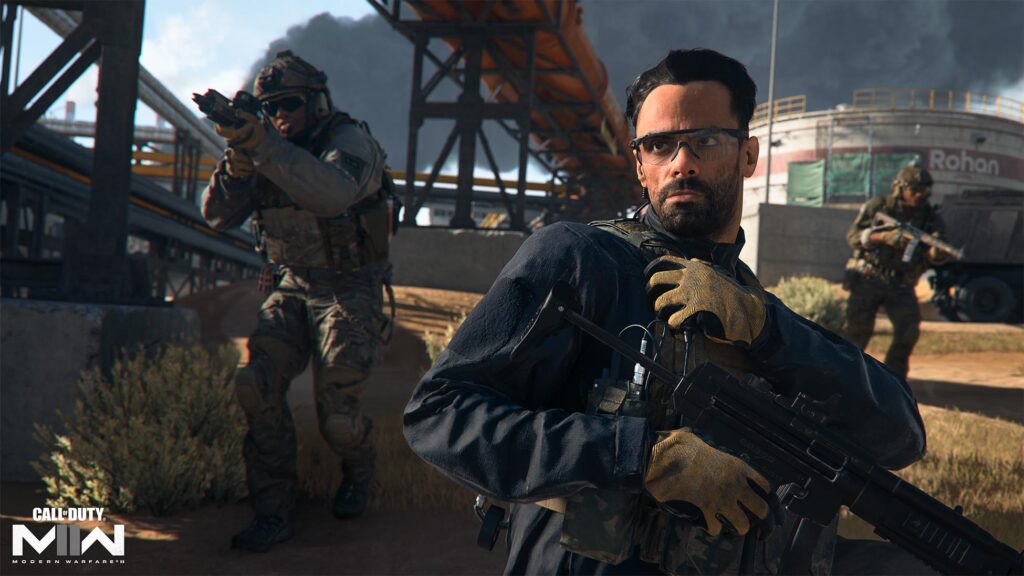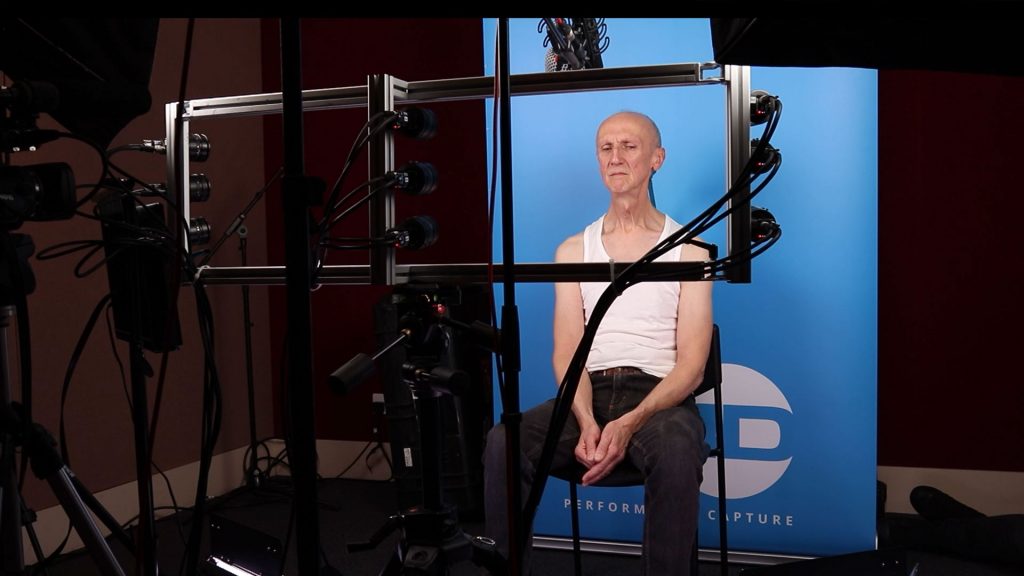
What are digital doubles? Everything you need to know
A digital double is an exact, computer-generated replica of a real-life person. The idea is not to build a human from scratch but to reproduce a captured subject as accurately as possible. Even if the character is fictional, digital doubles can be used to generate its animation directly from an actor’s performance. An authentic digital double is one that convinces the viewer into believing the actor’s performance is faithfully presented on screen and in the environment.
This contrasts from alternative applications of facial animation technology, such as Digital Humans and Deep Fakes, which use the performance of other actors and amalgamate them into an entirely different character. Digital Doubles are real performances from real people, preserving the integrity and authenticity of actors by capturing their talent in its entirety. It’s ultimately no different to seeing the performance of your favourite actor on-stage or on Netflix.
The History of DI4D and digital doubles
At DI4D, we specialise in Digital Doubles and one of our earliest works was Tim Burton’s Charlie and the Chocolate Factory (2005), where we replicated actor Deep Roy for the characters of the Oompa Loompas. Since then, we’ve gone on to refine our 4D facial performance capture system, expertly acquiring data for games like Call of Duty: Modern Warfare II (2022), in which we provided over four hours of facial animation for the in-game cinematics. We also applied our technology in the Oscar-winning Blade Runner 2049 (2017) to bring Sean Young’s character from the original film back to the screen by creating and animating a photo-realistic CG version of the actress using our proprietary system.

What is the future of digital doubles?
As facial performance capture continues to improve and the level of fidelity gets closer to real life, we can steer viewers away from uncanny valley by using better technology, such as replicating imperfections to better convince the human eye of an animation’s authenticity. Scanning technology will also continue to get smaller, faster, and more portable, which will require different ways of interpreting the data.
With the accuracy facial capture improving, bigger stars will be attracted to mocap roles, using the technology as a sort of digital costume that enables ownership of the character. In a world full of facial capture data, it’s integral that actors can ensure their real performance is actualised and preserved. As this approach continues to gain more recognition, the focus is shifting from the technological innovation to where it should be — the characters and story.
Digital doubles provide a way to blend the imagination and flexibility of animation with the precision of live performance. They enable content creators to replicate actors in a way that is indistinguishable to the audience. As capabilities continue to evolve, digital doubles are proving to be an exciting investment in the future of visual effects in film, television, and video games.

How can we bring digital doubles to your video game?
The way we create digital doubles depends on your goal. We’ve developed a pipeline specifically catered to driving facial animation for video games. By using DI4D’s unique mesh tracking solution, PURE4D combines accurate facial performance data from our performance capture systems, the DI4D PRO and DI4D HMC, along with advanced machine learning technology to create digital doubles more efficiently and in volume.
The PRO system comprises nine synchronised 12-megapixel machine vision cameras that capture a seated actor’s facial performance to the highest fidelity, colour reproduction, and 4D facial performance possible. It doesn’t require a traditional animation rig, markers, make-up, or structured light projection. The actor simply sits and the cameras capture and record the data for performance.

Our HMC system is a wireless, lightweight headset camera that simultaneously captures high-fidelity 4D performance from multiple actors. While wearing the headset, the actors can move around freely without inhibiting their performance.

We use advanced machine learning algorithms to effectively combine both sets of data, producing high-fidelity facial animation for film, television, and video games, with unrivalled accuracy and faithfulness to the original performance.
Interested in adopting a digital double pipeline for your next project? Get in touch
